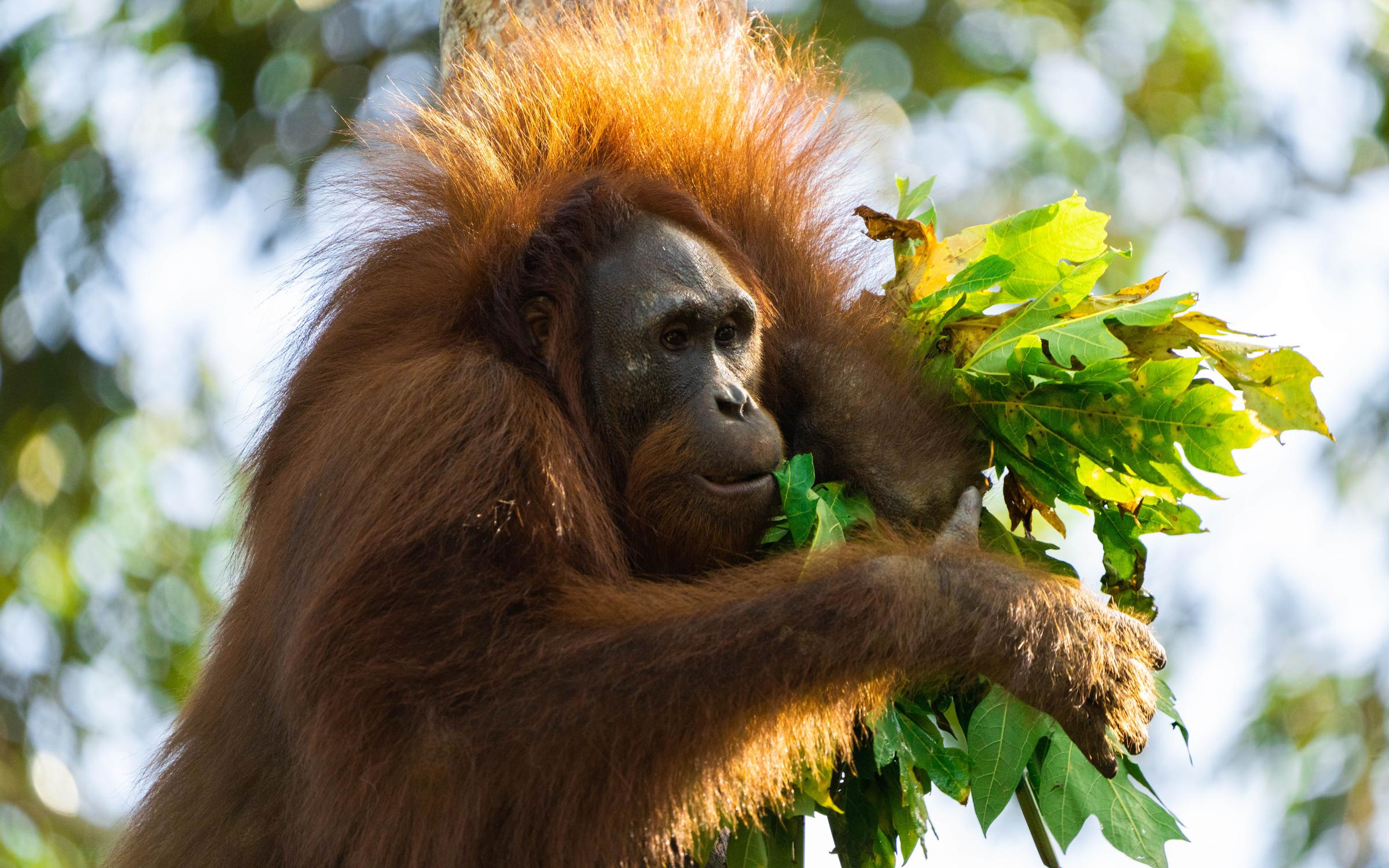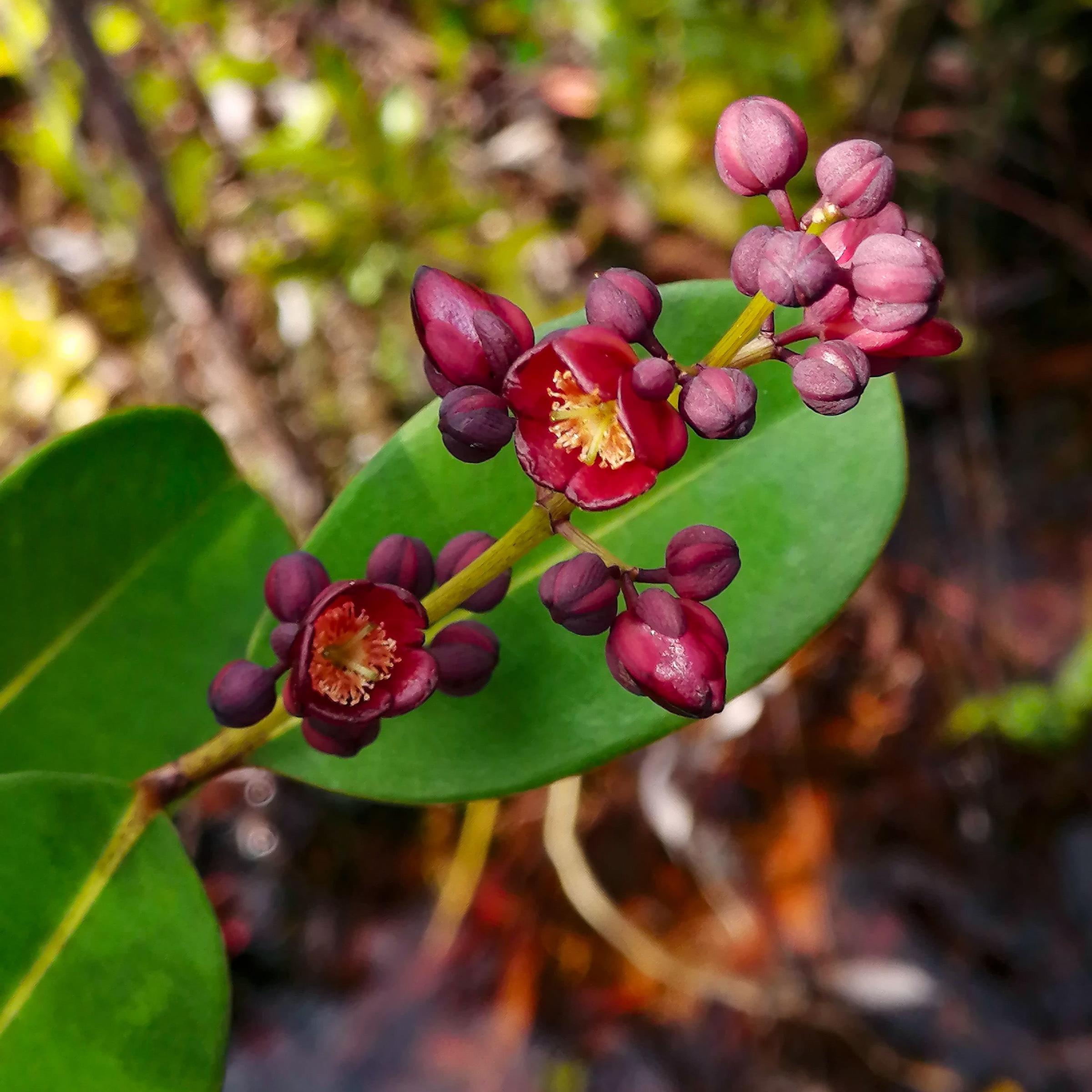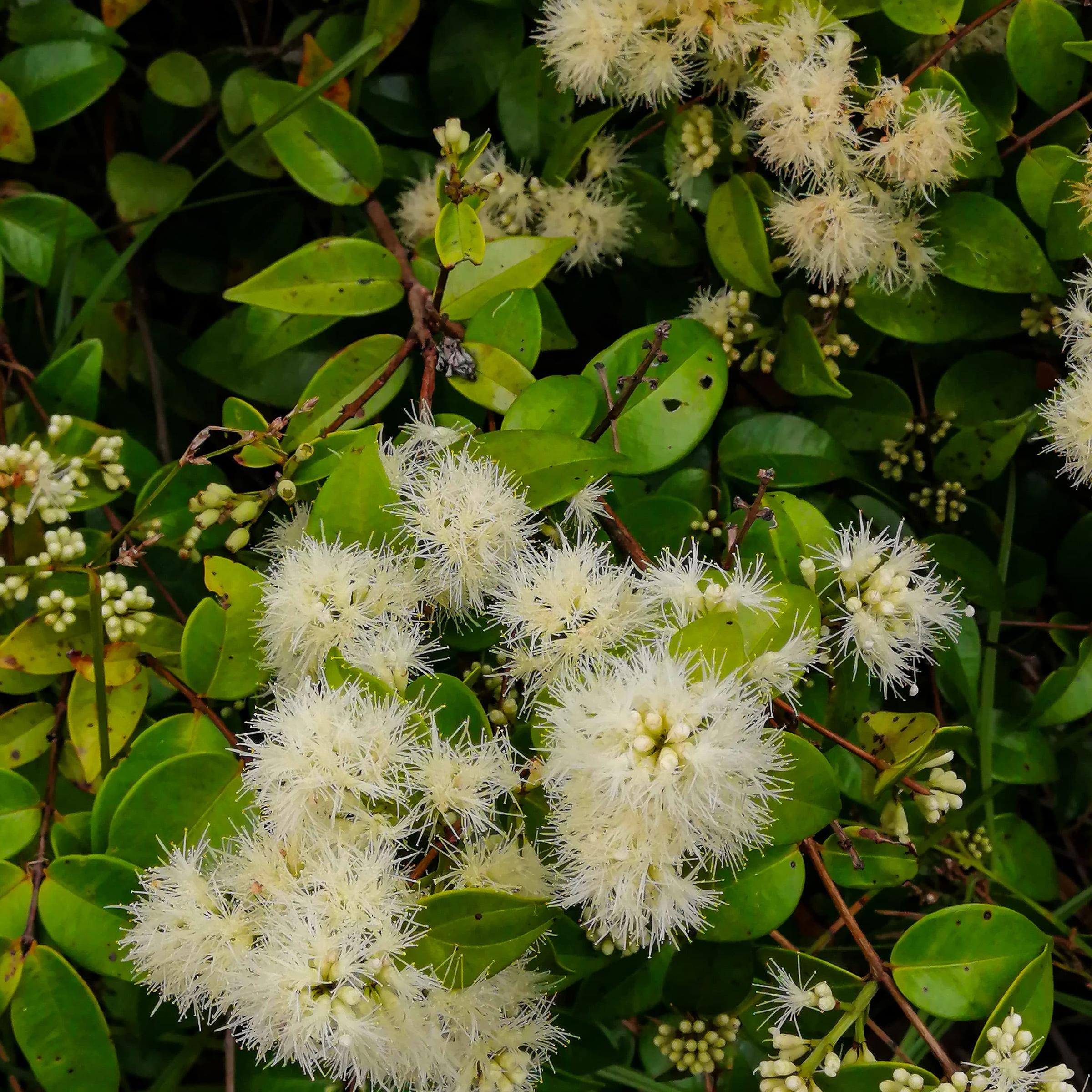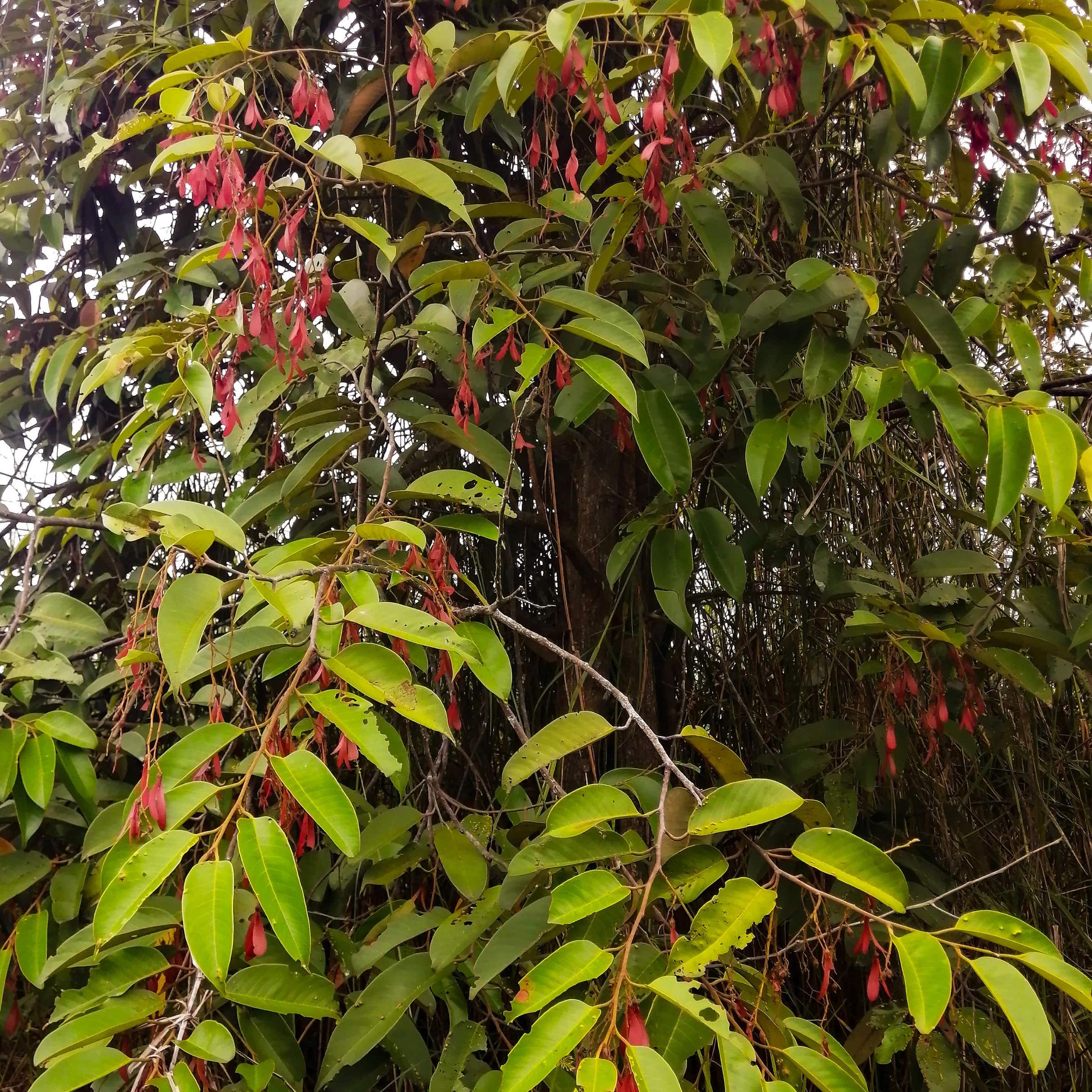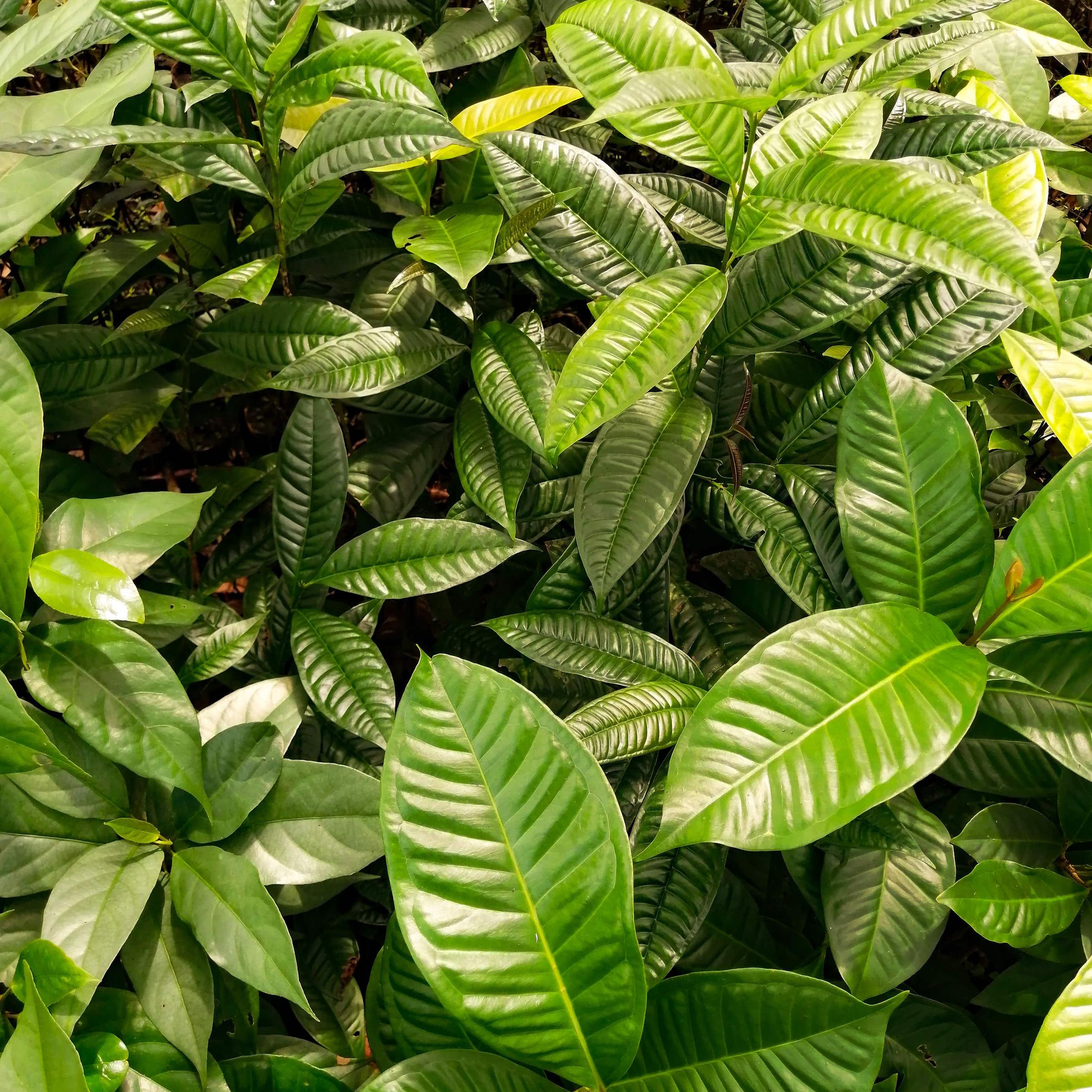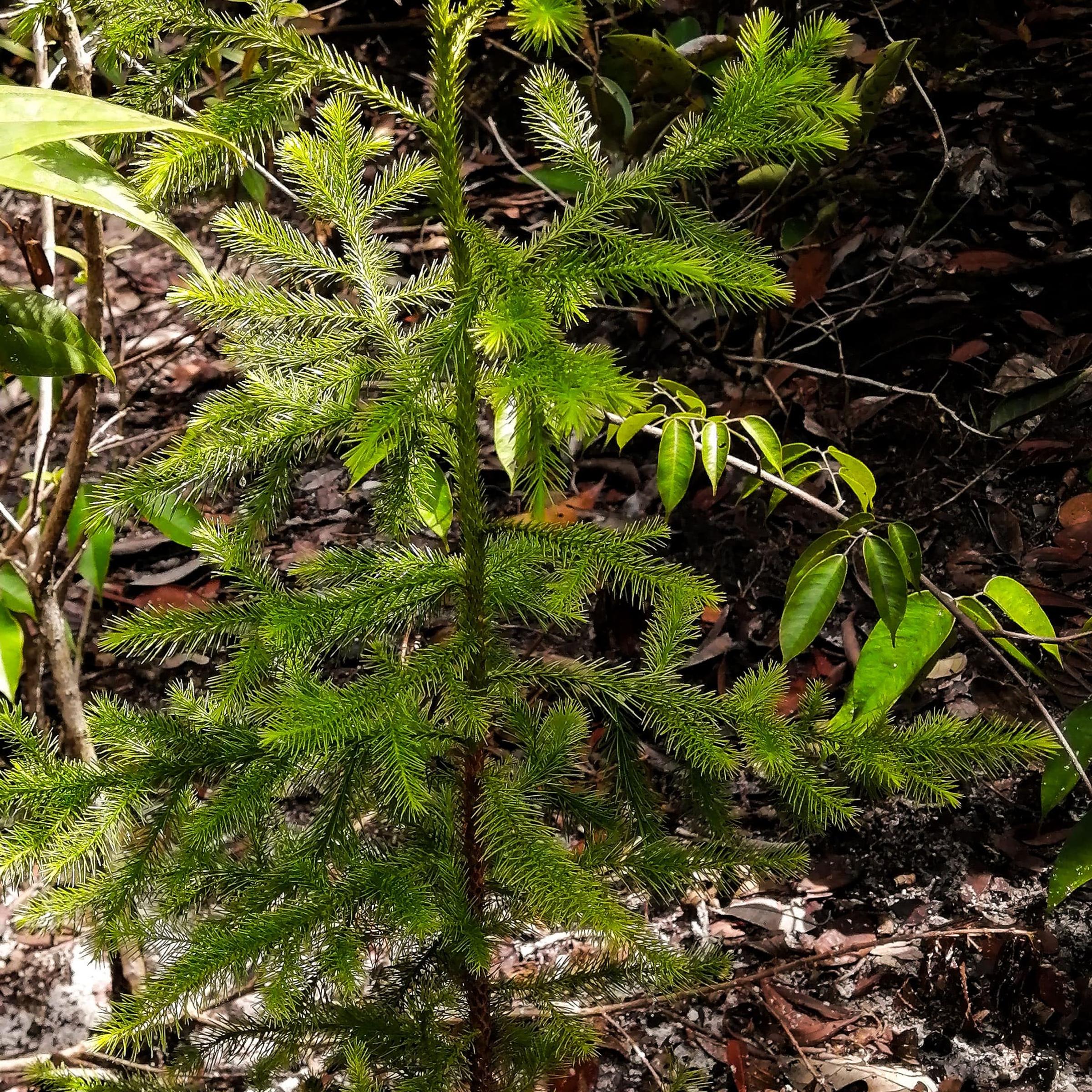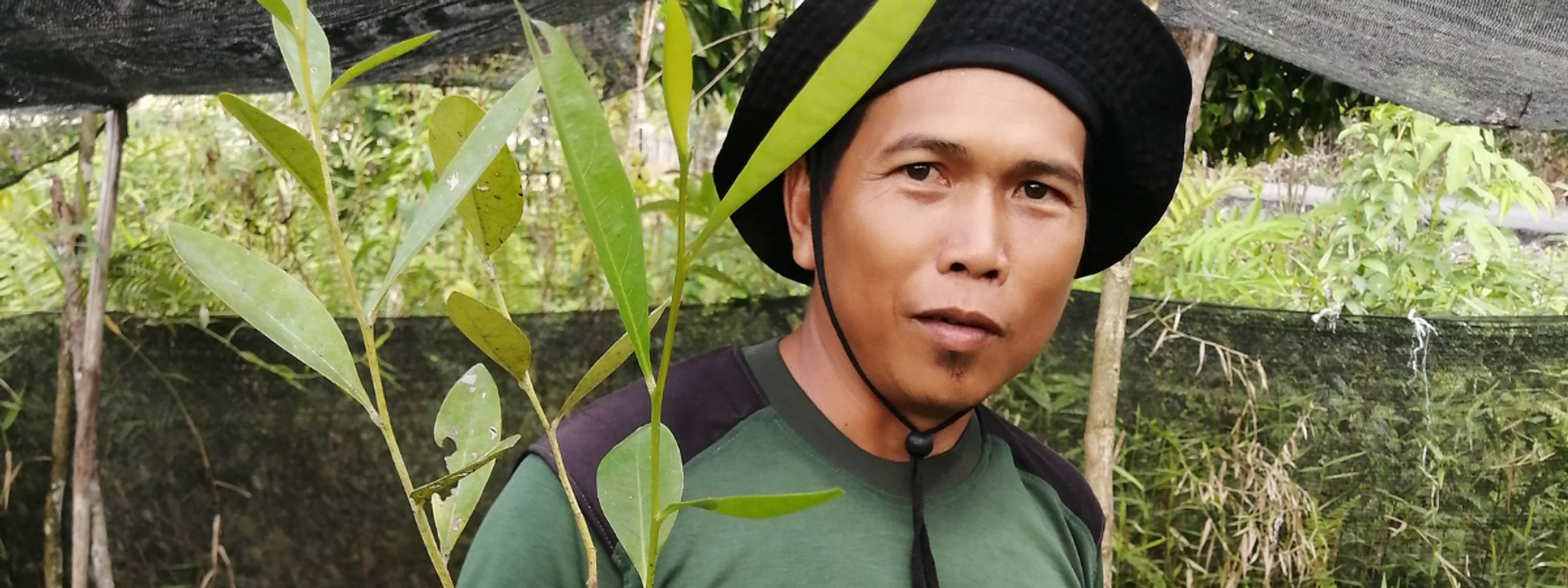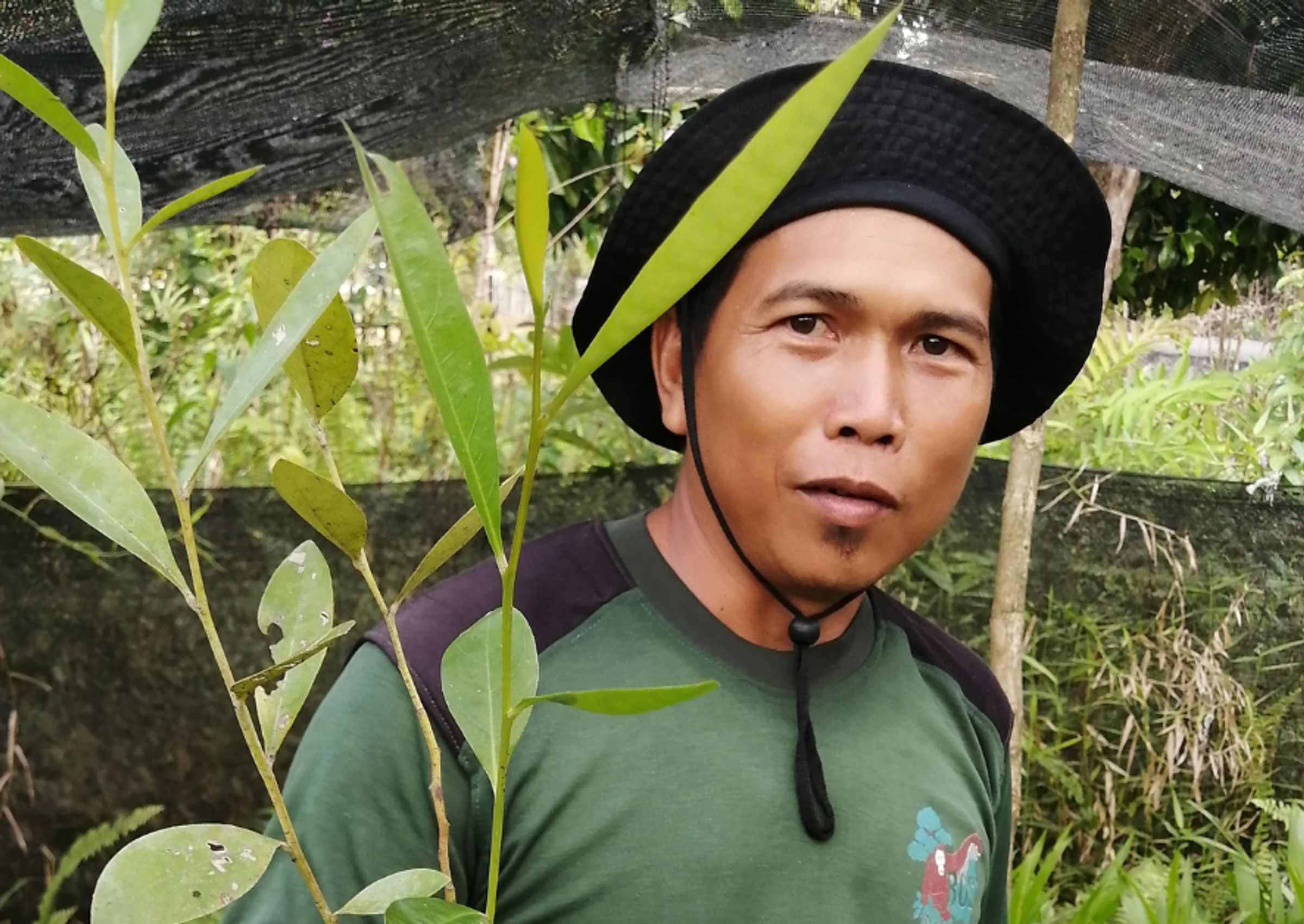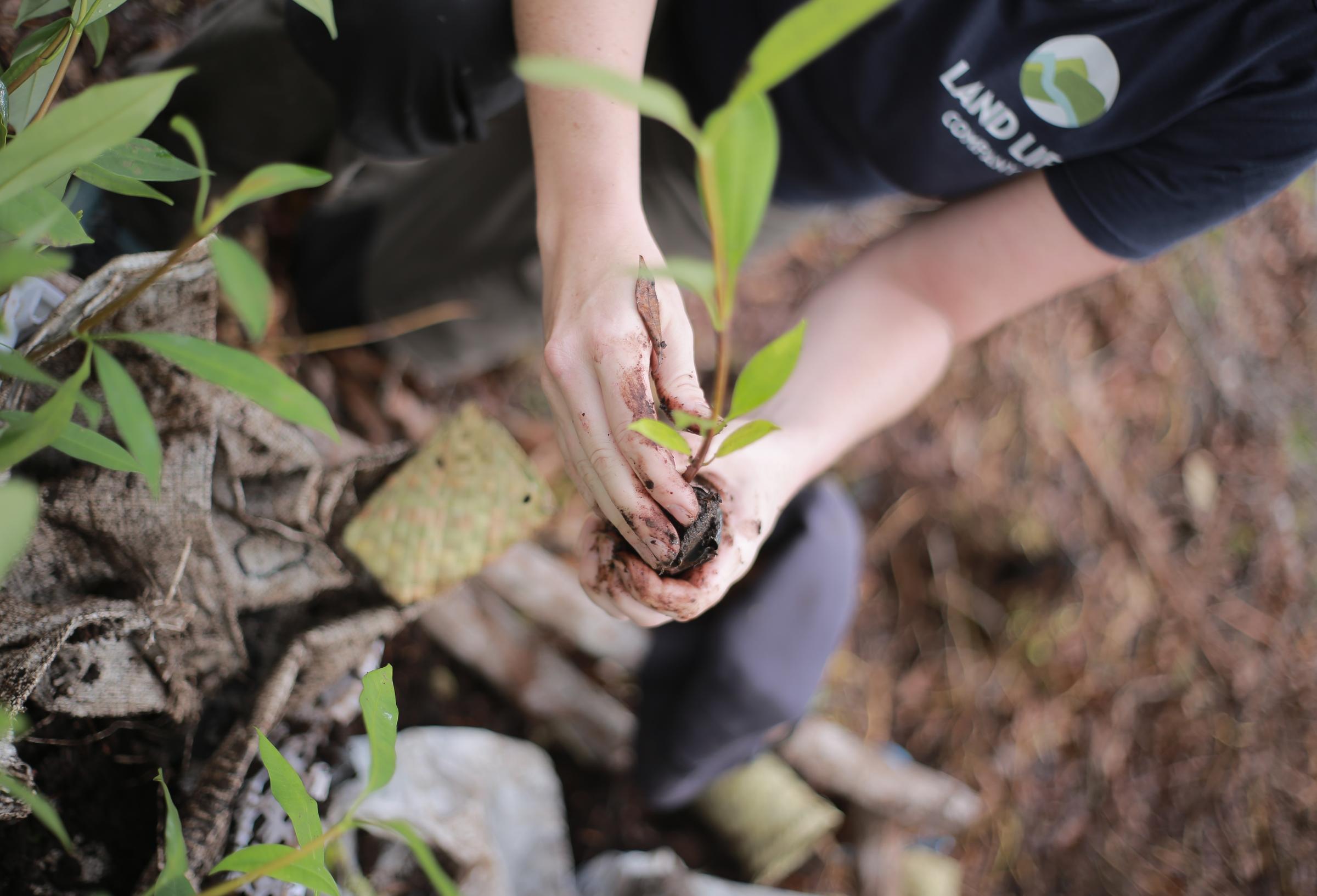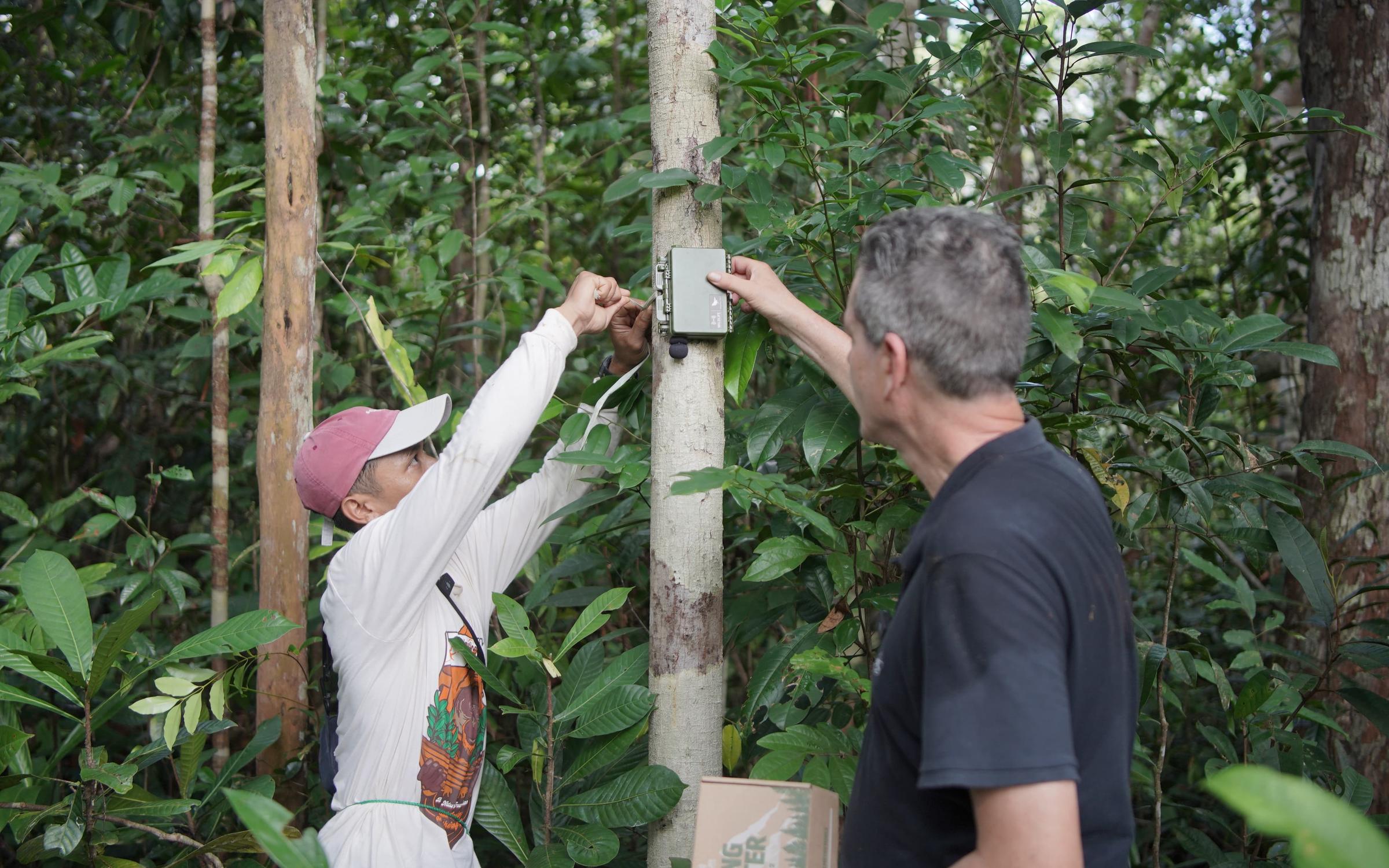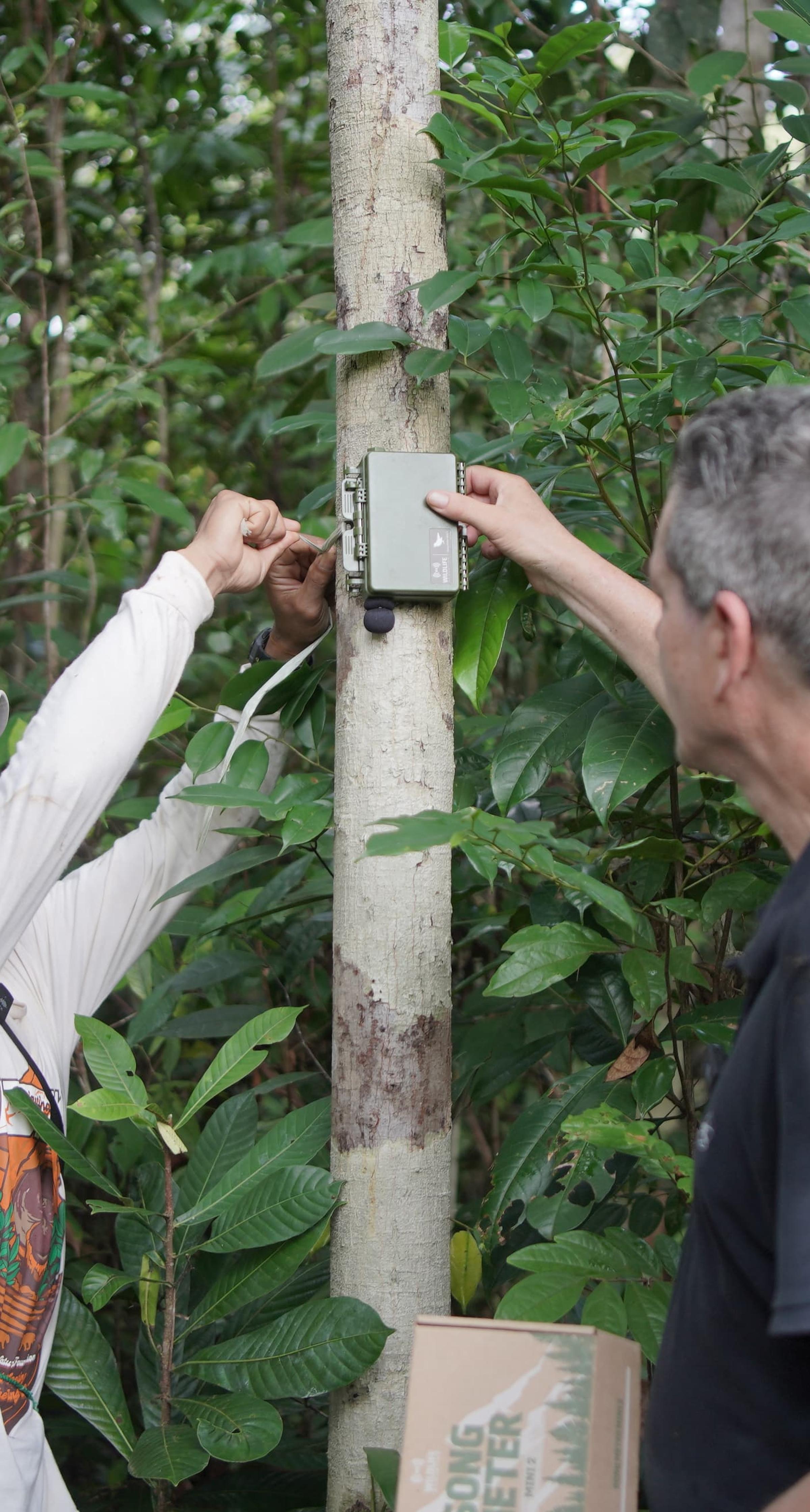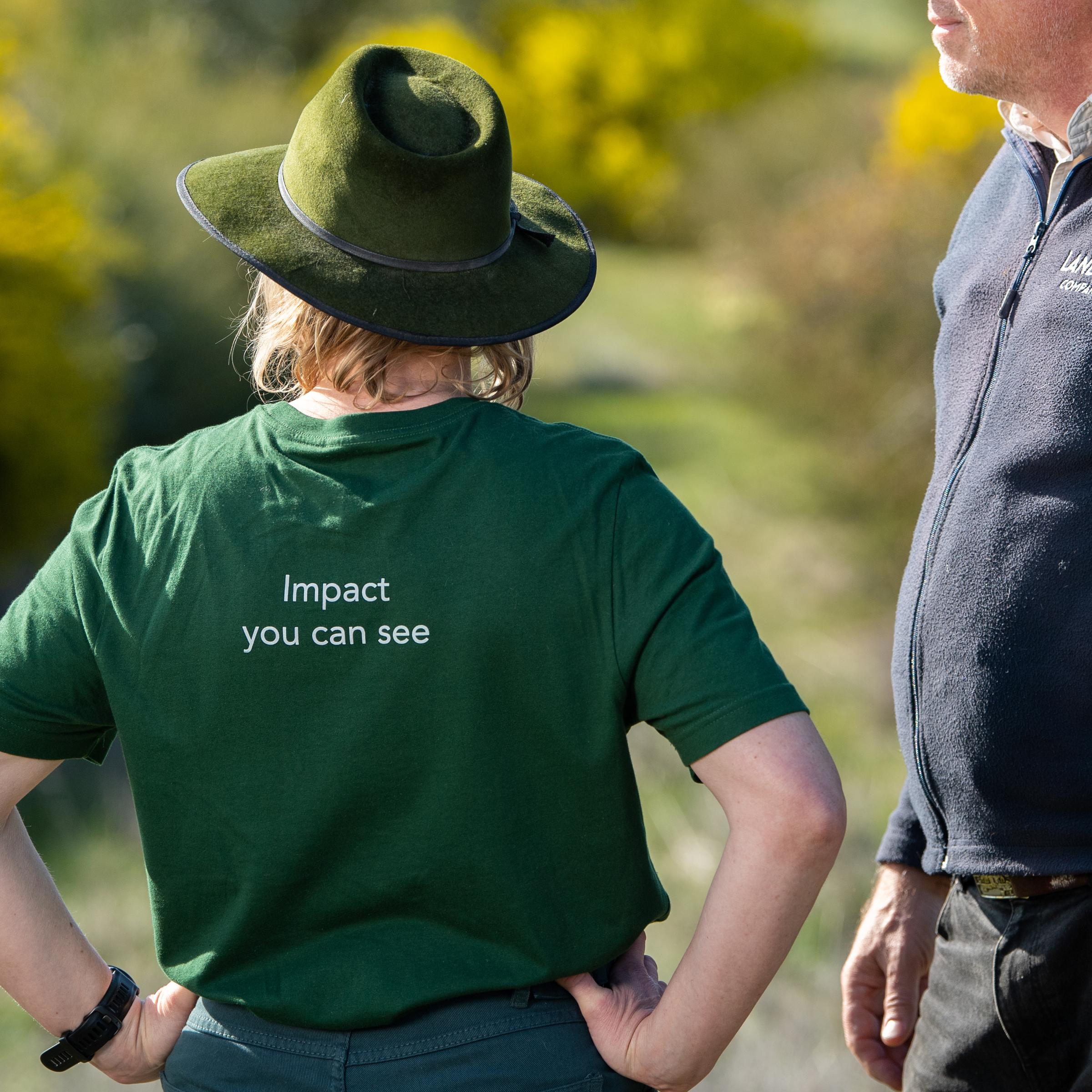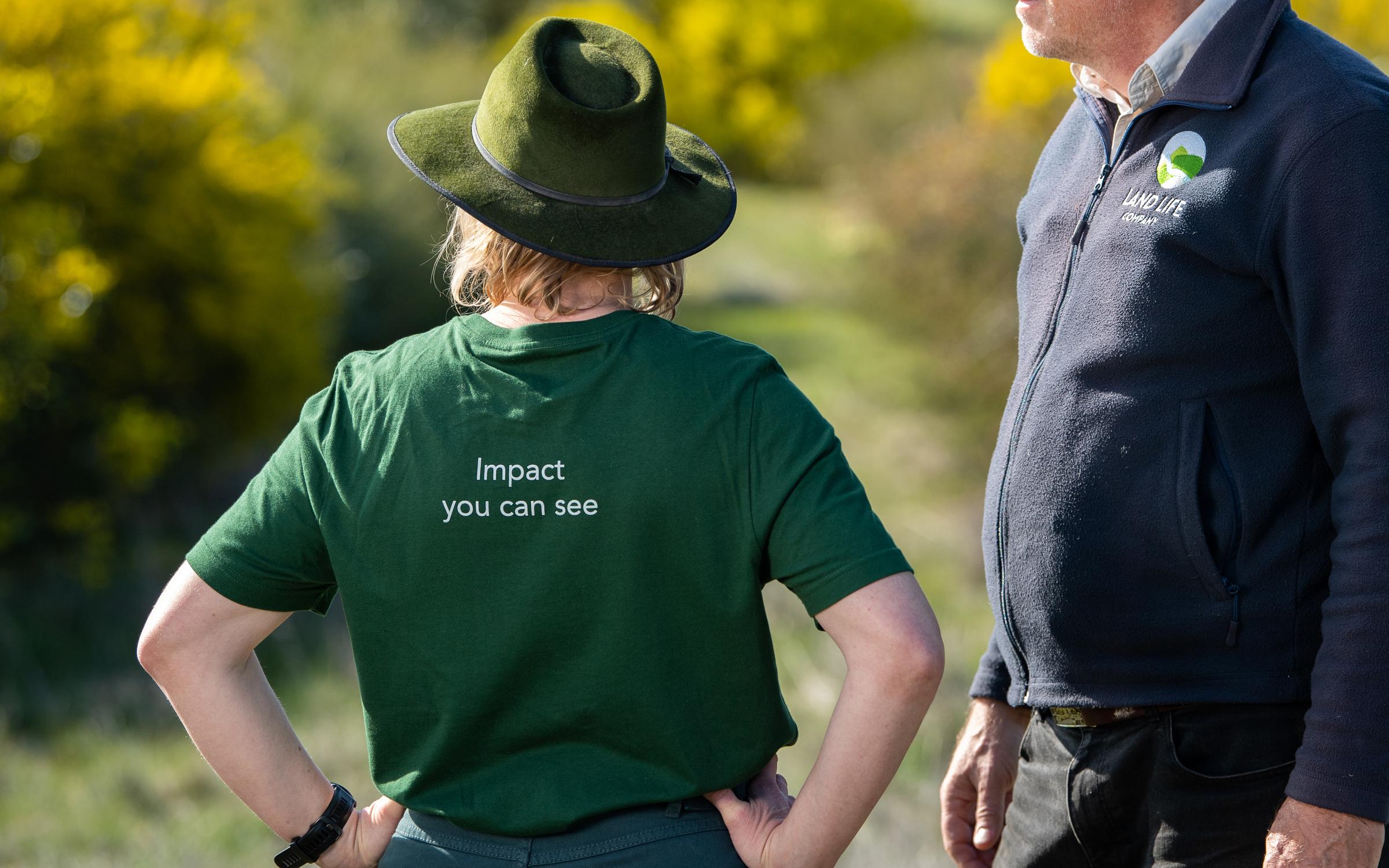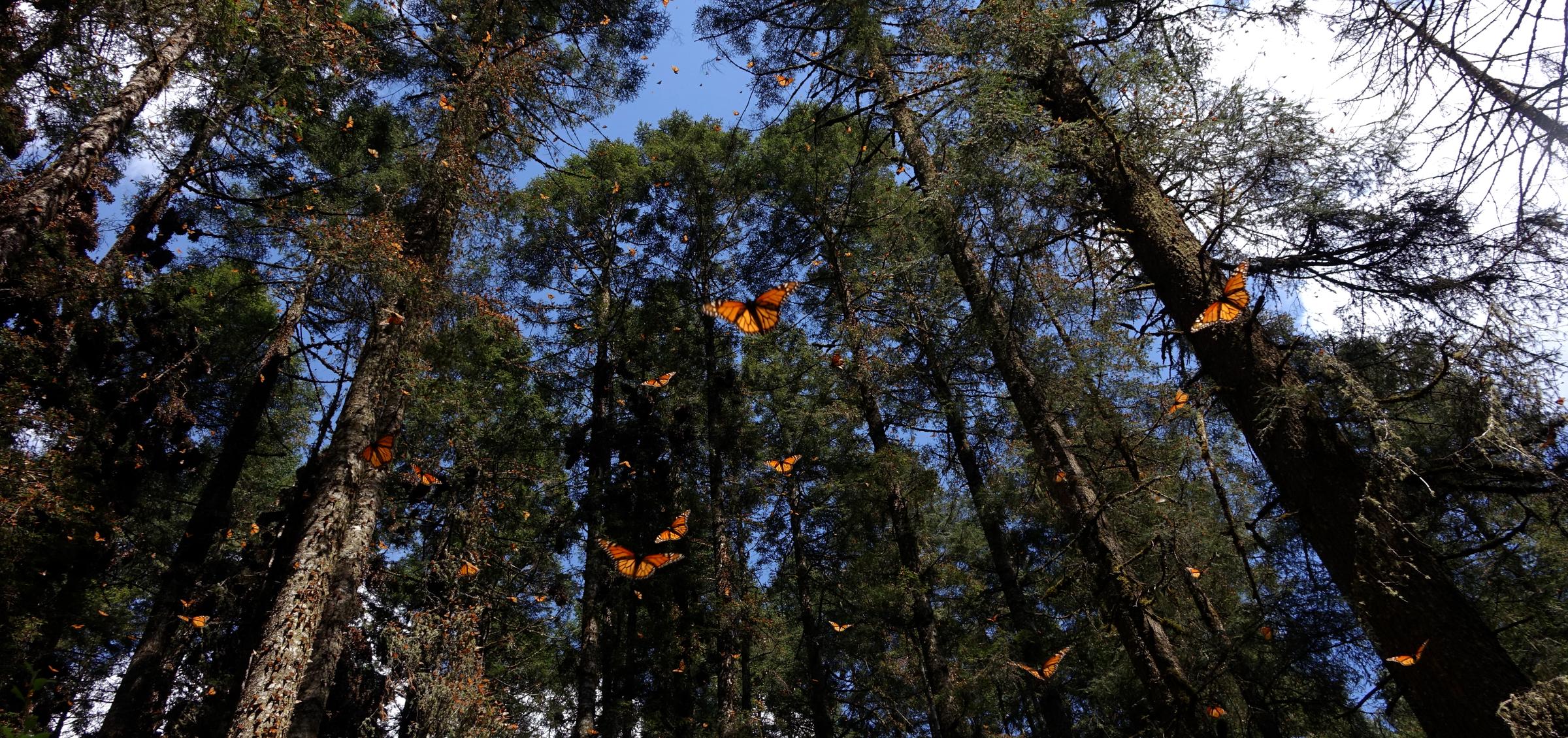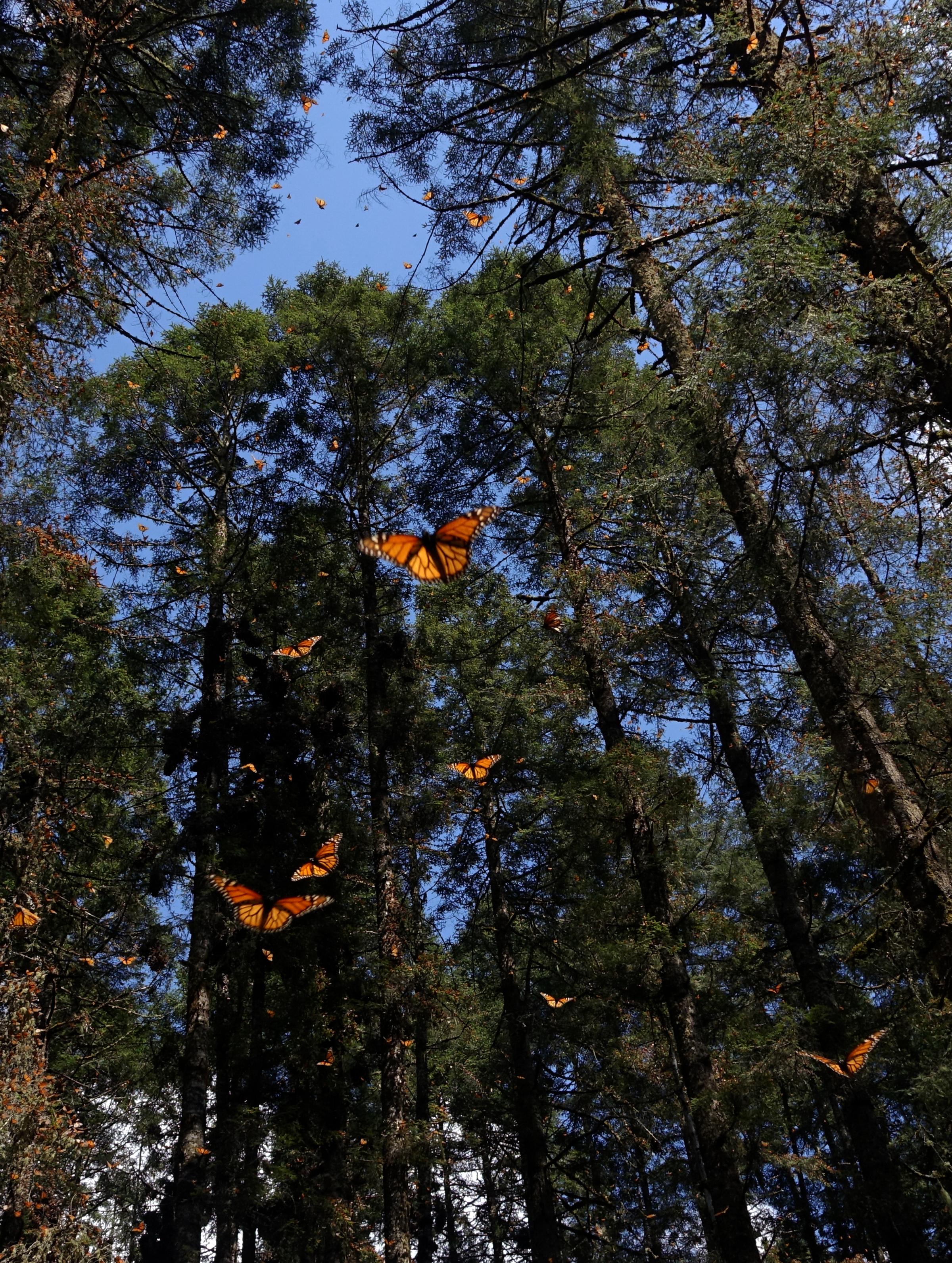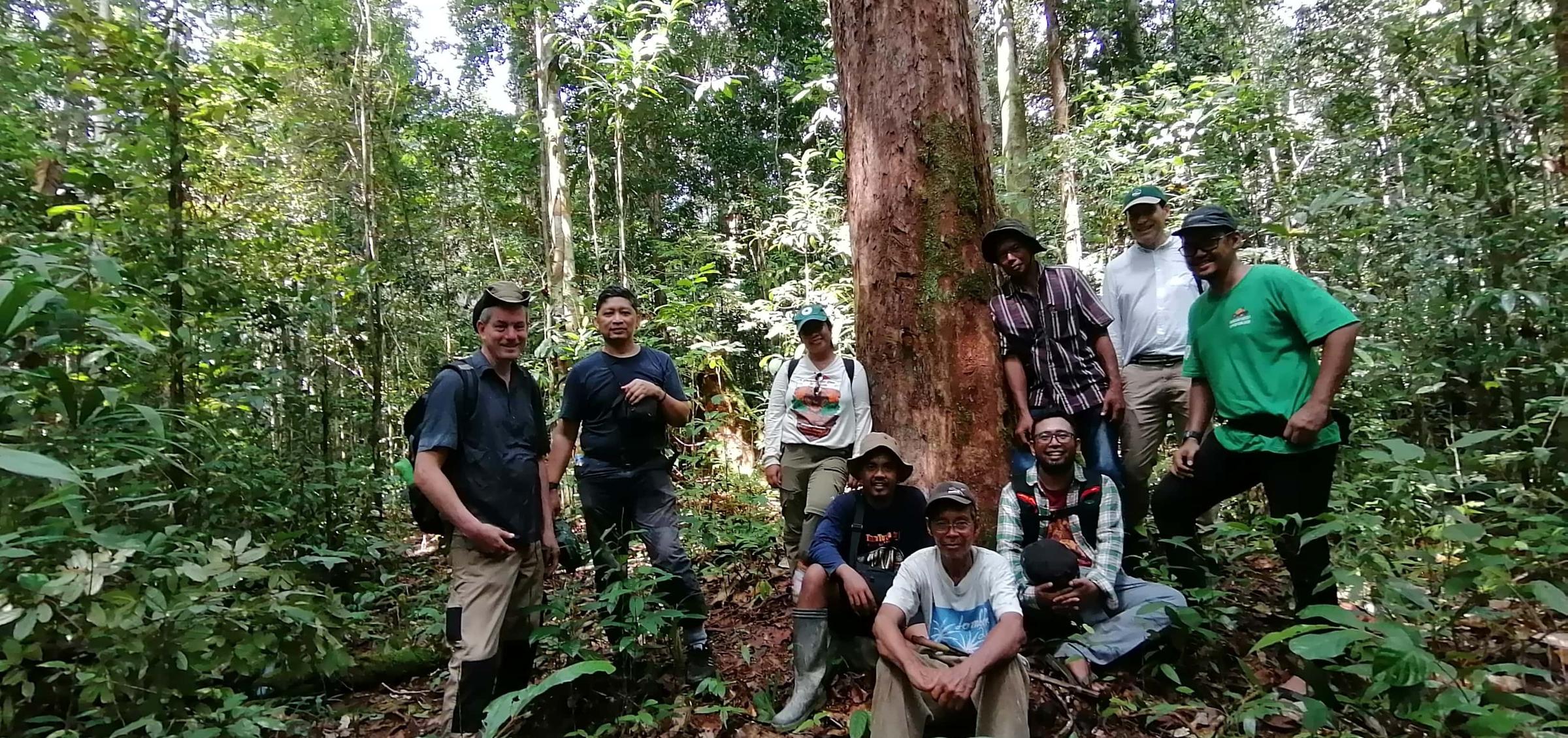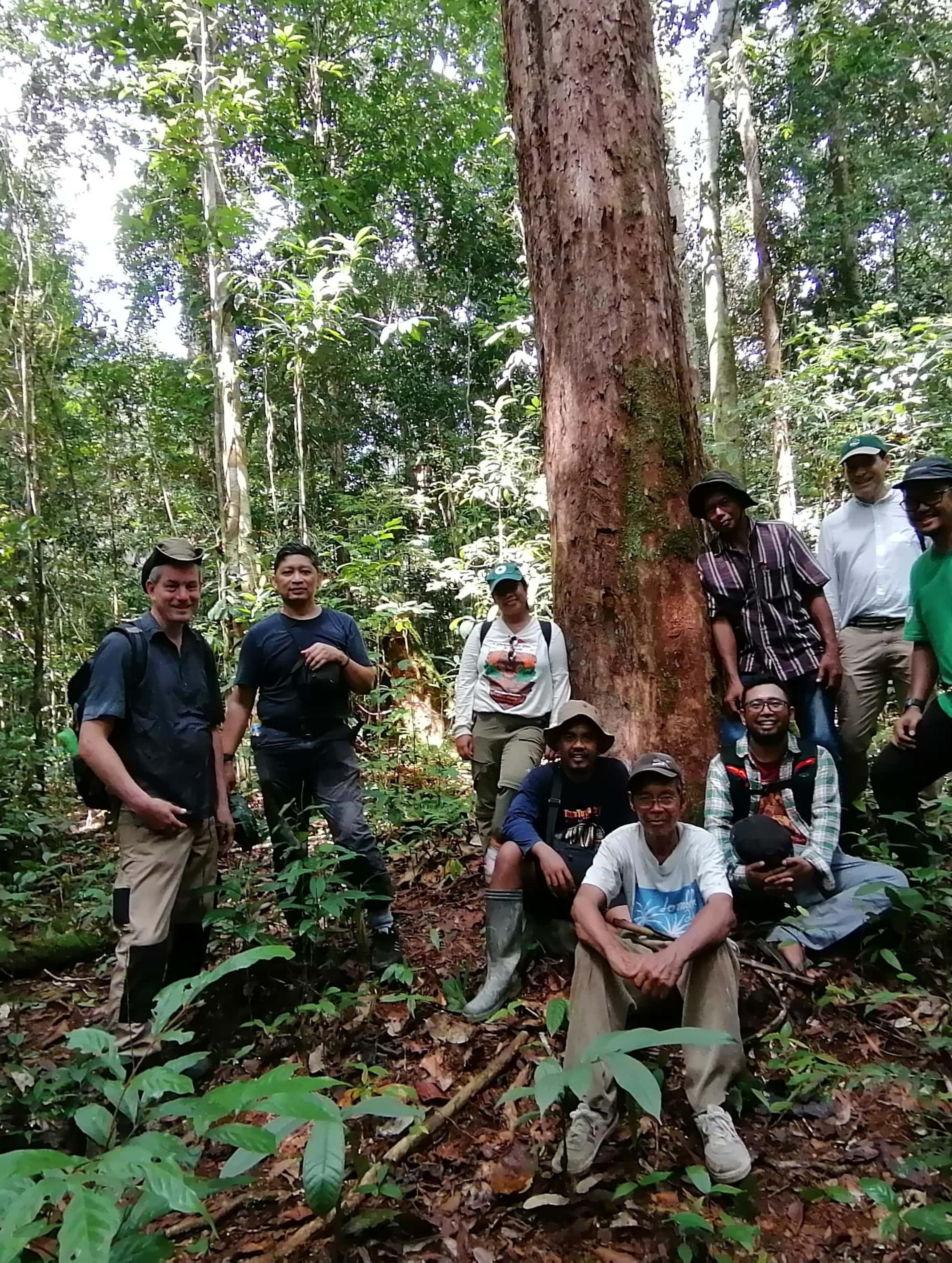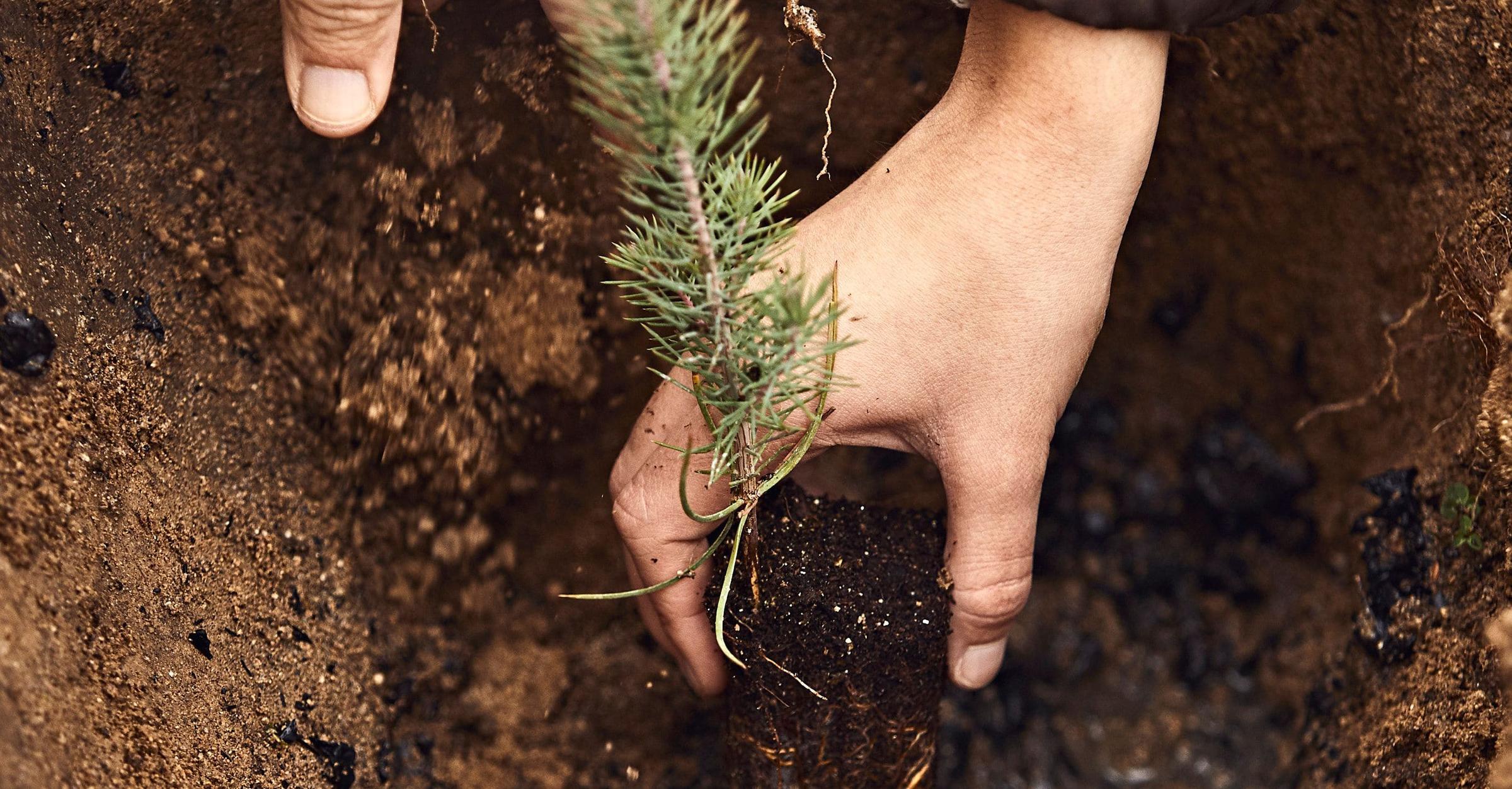Reforestation for Orangutans: Restoring Borneo's Ecosystem
- Borneo, Indonesia
Borneo reforestation for brands that want to lead on nature
Partner in a large-scale restoration initiative led by Land Life and local NGO experts – regenerating orangutan habitat, strengthening biodiversity, and creating lasting benefits for Indigenous communities.
Land Life’s Borneo Reforestation Project gives purpose-driven companies the opportunity to invest in large-scale tree planting that supports critically threatened orangutan habitat – while delivering powerful biodiversity, conservation, and community outcomes.
Fully community-based and locally managed, the project spans every step of the restoration process: from planning and seedling production to land preparation, planting, and long-term monitoring.
Since 2022, we’ve restored 250 hectares of rainforest, heath forest, and peat swamp forests in Borneo. By December 2025, this will grow to 595 hectares. With an additional 500 hectares available annually for restoration from 2026, our Borneo projects offer a significant opportunity for scaled, brand-aligned impact.
Ready to align your brand with restoration that protects what matters? Share your commitment to people and the planet across your brand.
Benefits of Restoring Nature in Borneo
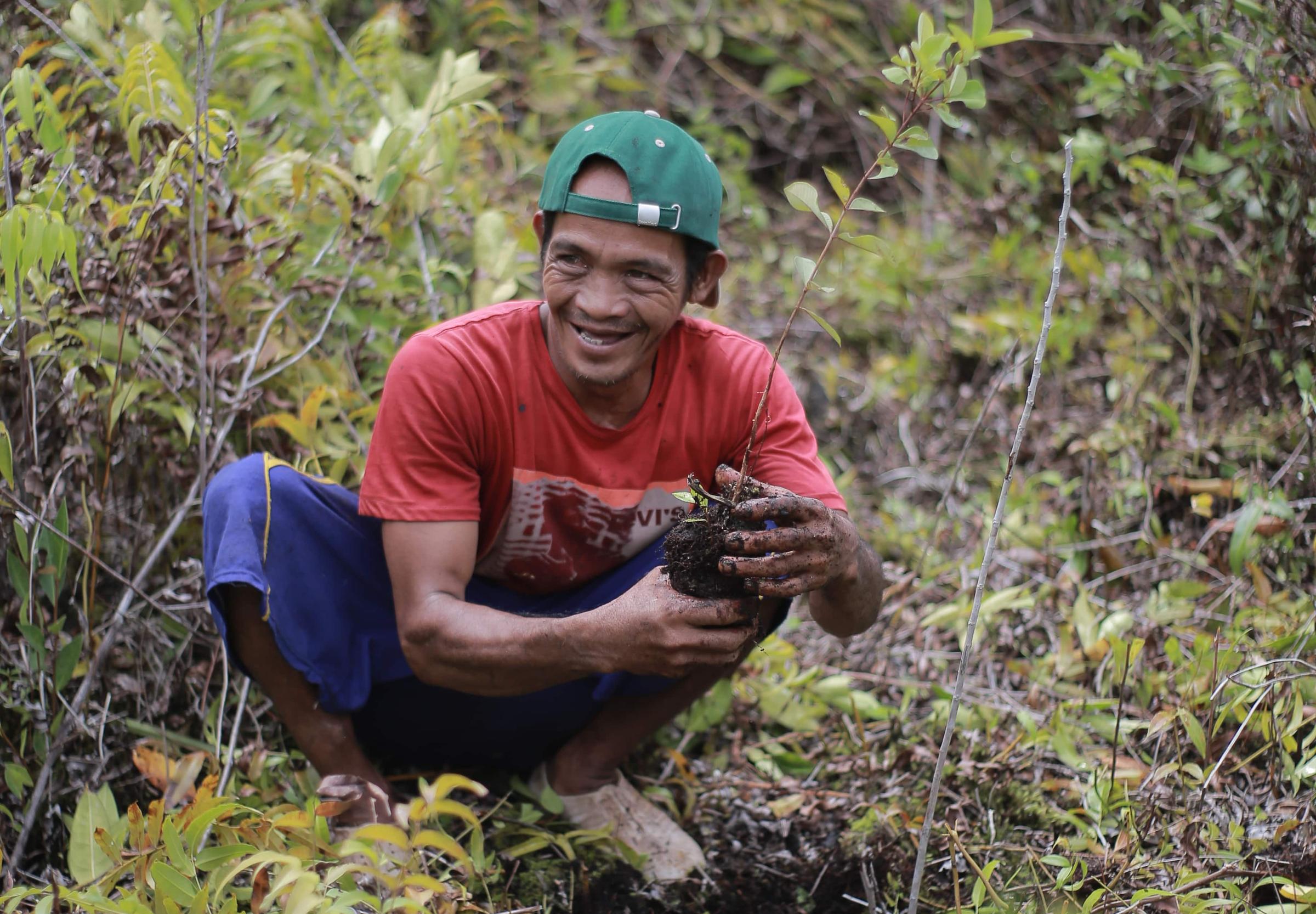
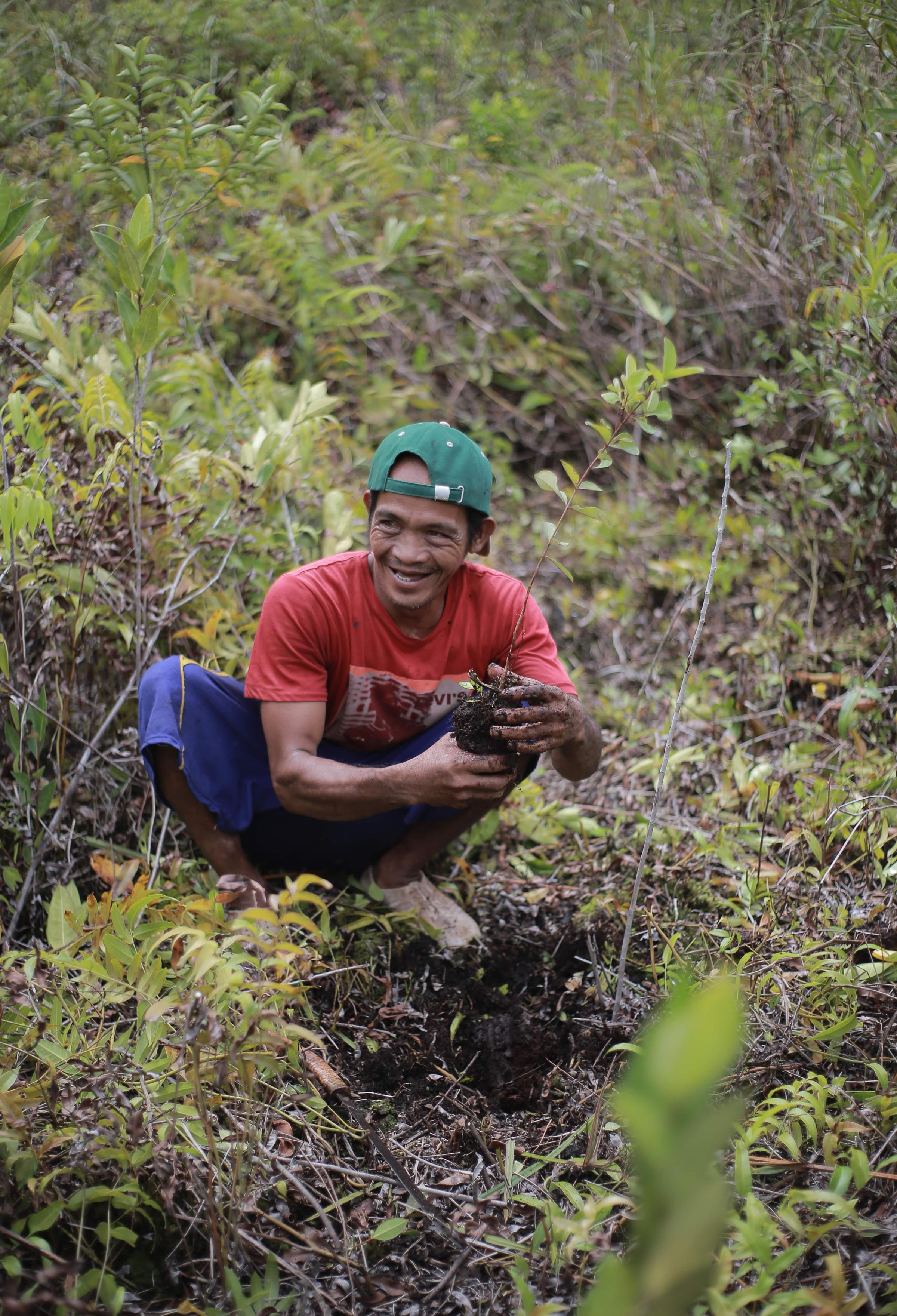
Why Forest Restoration Is Critical for the Survival of Borneo’s Orangutans


Where are our Borneo orangutan projects located?
Land Life's Borneo reforestation projects are located in Central Kalimantan, Rungan and Mawas. From 2025, we will continue restoring new sites in Central Kalimantan. This remote Indonesian province is home to three major Dayak ethnic groups - the Ngaju, Ot Danum and Bekumpai. It's a long journey to reach the site by car, river canoe, motorbike and on foot.
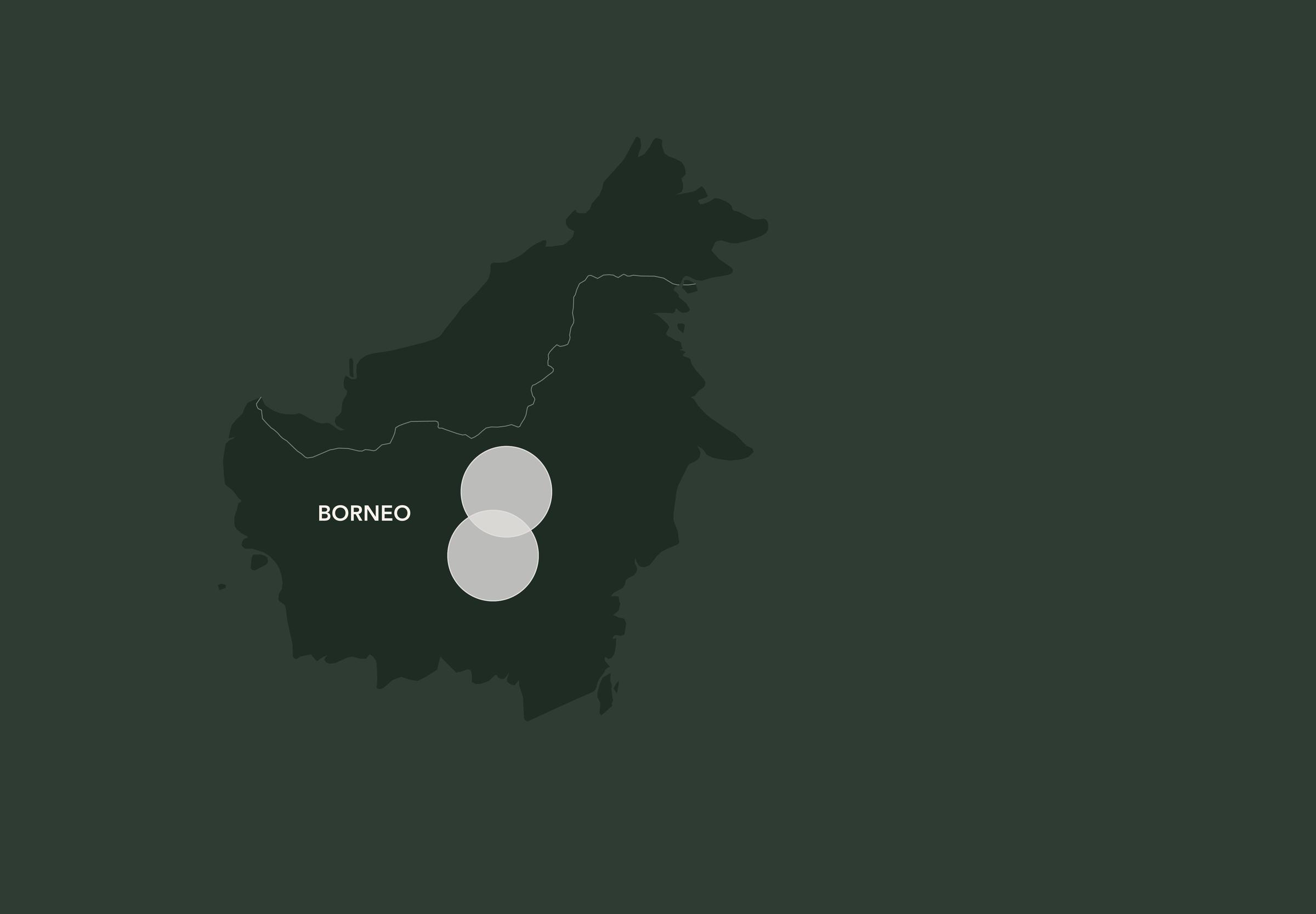
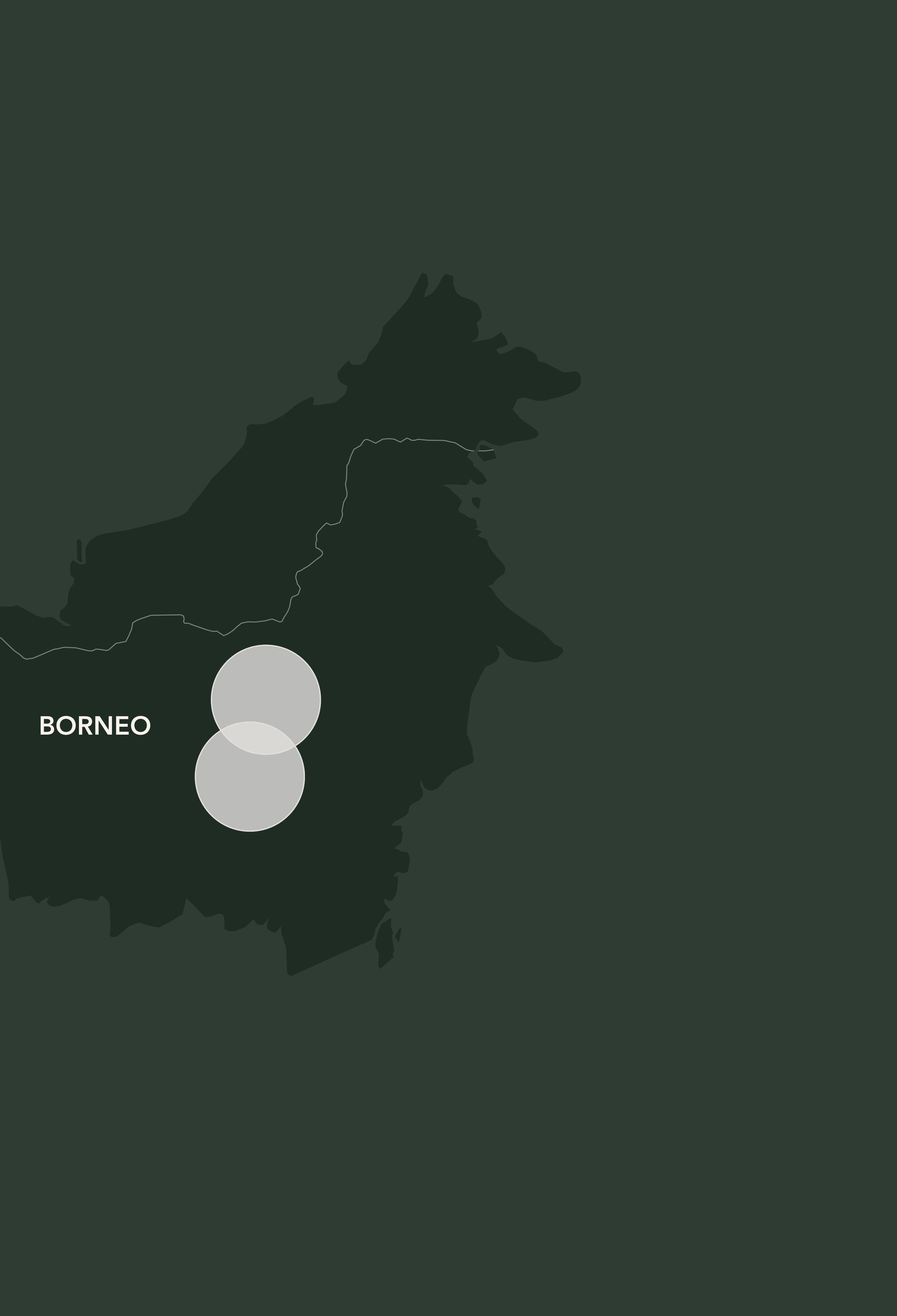


Hectares restored by August 2025
595Ha
Trees planted by August 2025
510K
Meaningful Indigenous jobs
270+
Invest now in Borneo nature restoration projects
Partner with Land Life and reputable NGOs on-the-ground to restore critical habitats in Borneo—home to some of the planet’s most threatened wildlife.
Pilot Project: Restore 100 Hectares of Degraded Mining Land
Join an exciting new project with Land Life and a globally recognized conservation organization to plant 111,000 native trees and restore land degraded by historic illegal gold mining.
Long-Term Opportunity: Scale Restoration from 2026
Starting in 2026, Land Life—together with on-the-ground NGO partners Borneo Nature Foundation and Borneo Orangutan Survival Foundation—will have up to 500 hectares available for restoration each year across Central Kalimantan.
Project highlights
INVEST IN NEW BORNEO RESTORATION PROJECTS
Local Hands, Local Growth
Since 2022, Land Life has established 11 village nurseries in Mawas and 3 in Rungan to support our Borneo reforestation projects. These nurseries provide stable local employment and cultivate thousands of seedlings for large-scale forest restoration. As our projects grow, we plan to open more nurseries—creating new jobs and deepening community impact across the region.
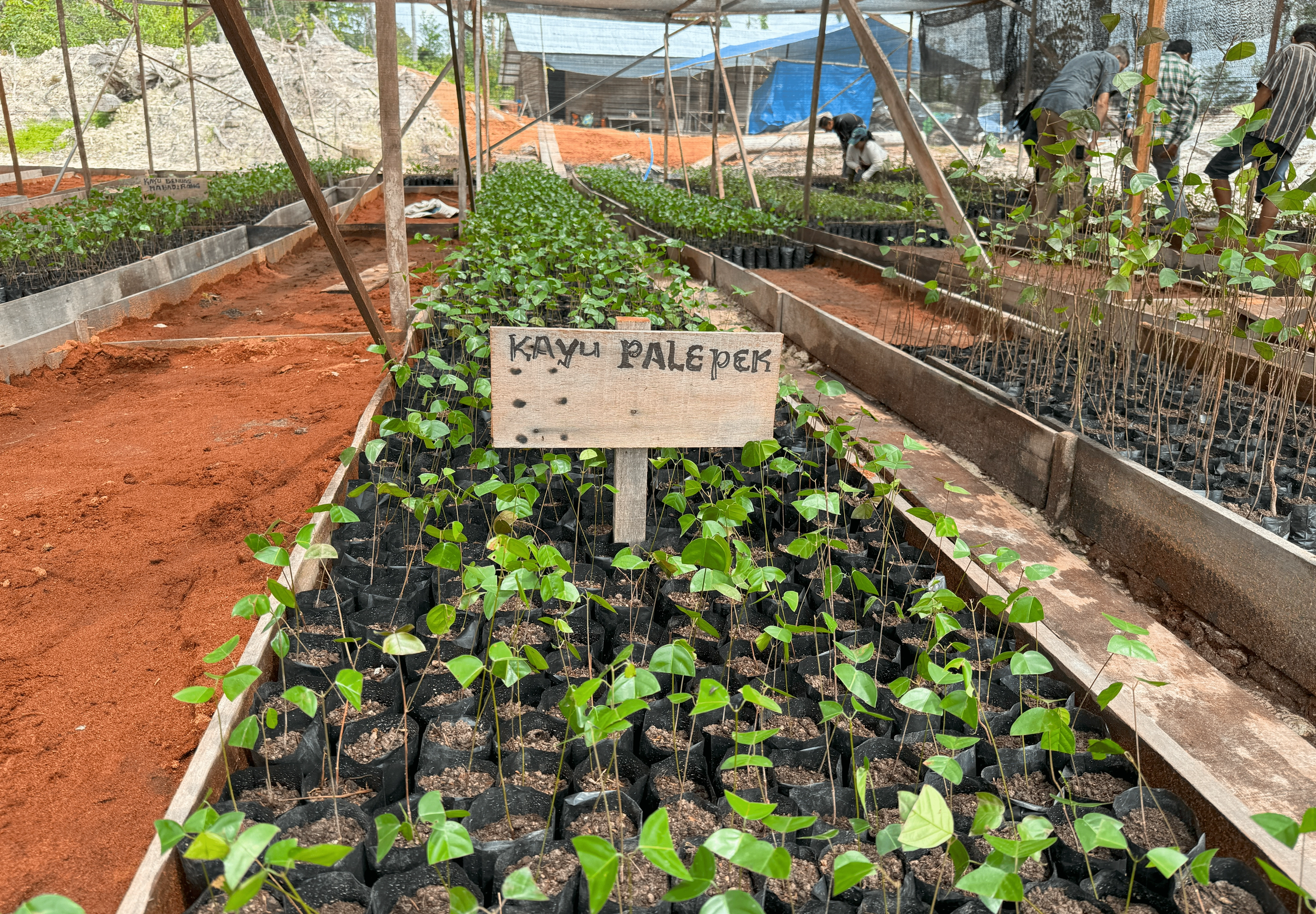
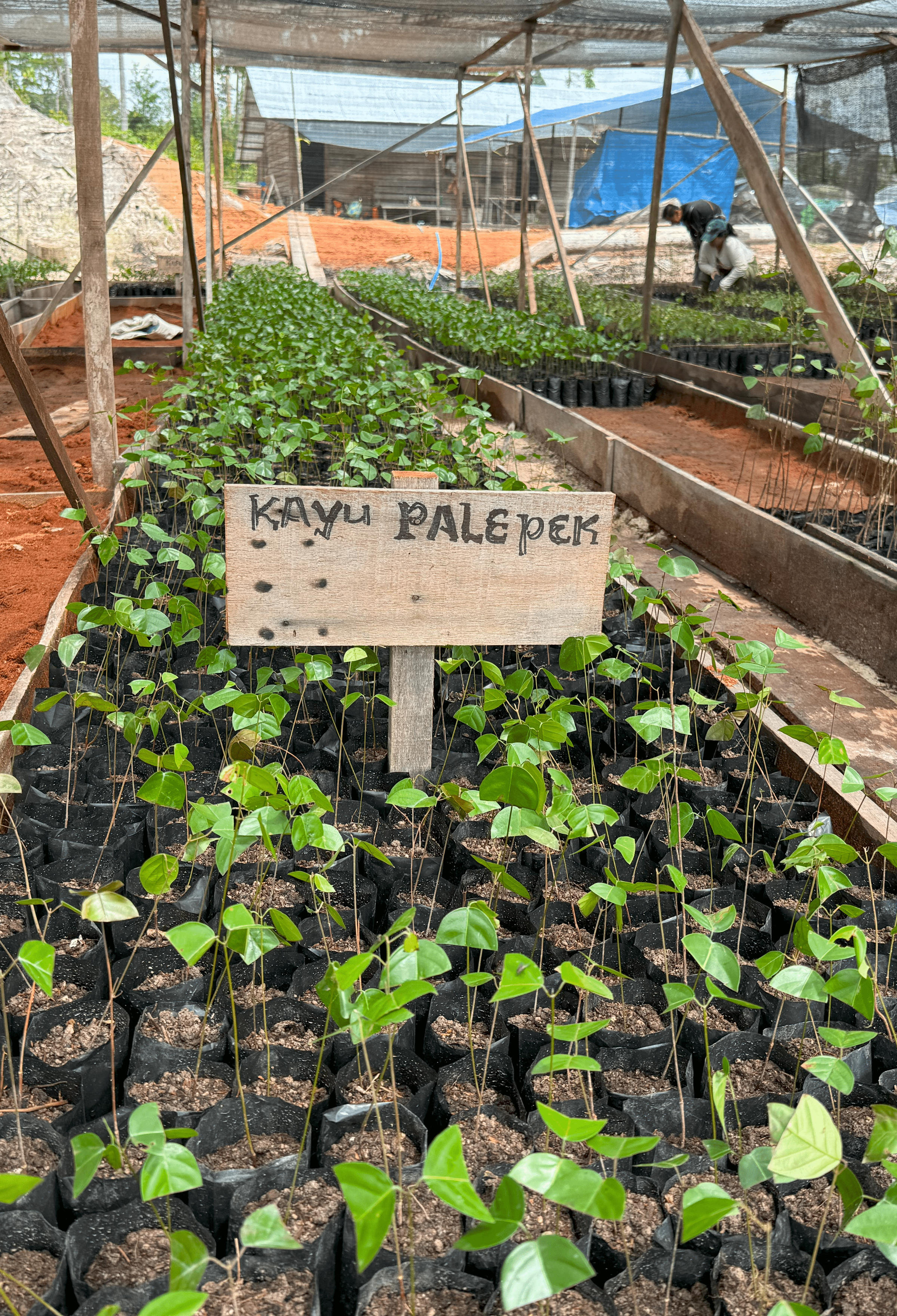
Images from the field
Land Life works closely with local NGOs and academia to deliver restoration projects for our customers.
Lead the way and do great things for the planet and people in Borneo.
Get in touchOptional Biodiversity Baselining
Work with our expert ecologists and scientists to quantify the biodiversity baseline of your CSR tree planting project. By integrating this service right from the start you can measure and report on the impact of your nature investment and prepare for future certification opportunities.
Learn moreKey Strategies in Nature Restoration: How We Approach Our Borneo Projects
Techniques and plant species
Reforestation efforts in Borneo employ various techniques to restore the orangutans' habitat. One common method is the 'Enrichment Planting' technique, which involves planting diverse native tree species to accelerate forest recovery. Species like dipterocarps, which are vital for biodiversity, are often prioritized.
Another approach is Assisted Natural Regeneration (ANR), where human intervention helps natural processes by removing invasive species and protecting young plants. This method allows the forest to recover more naturally and sustainably. Combining these techniques ensures a robust and resilient ecosystem for orangutans and other wildlife.
Community Involvement: Engaging Local People in Conservation Efforts
Local communities play a crucial role in the success of reforestation projects. Engaging locals in conservation efforts not only provides them with economic opportunities but also fosters a sense of ownership and responsibility towards the environment. Community-based programs, such as tree planting initiatives and sustainable farming practices, empower residents to actively contribute to habitat restoration.
Education and awareness campaigns are also vital. Teaching communities about the importance of biodiversity and the threats facing orangutans encourages sustainable practices and long-term commitment to conservation goals.
Monitoring Progress: The Role of Technology in Tracking Reforestation Success
Monitoring the progress of reforestation projects is essential to ensure their effectiveness. Technology plays a significant role in this process. Satellite imagery, drones, and GIS (Geographic Information Systems) are used to track changes in forest cover, assess biodiversity, and monitor the health of newly planted areas.
These technological tools provide valuable data that helps conservationists make informed decisions and adjust strategies as needed. Regular monitoring also allows for the early detection of issues such as wildfires or illegal activities, ensuring timely intervention to protect the restored habitats.
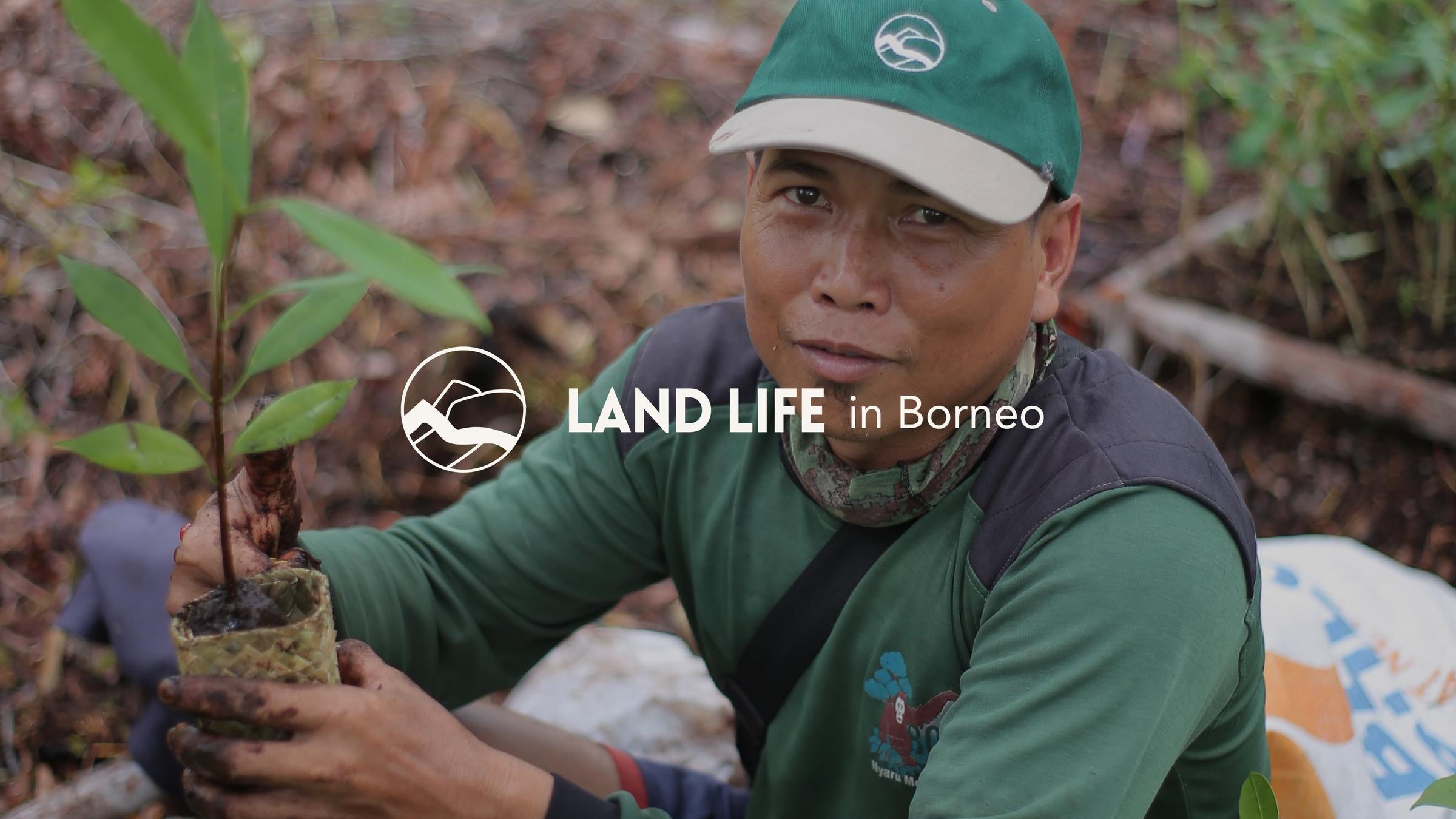
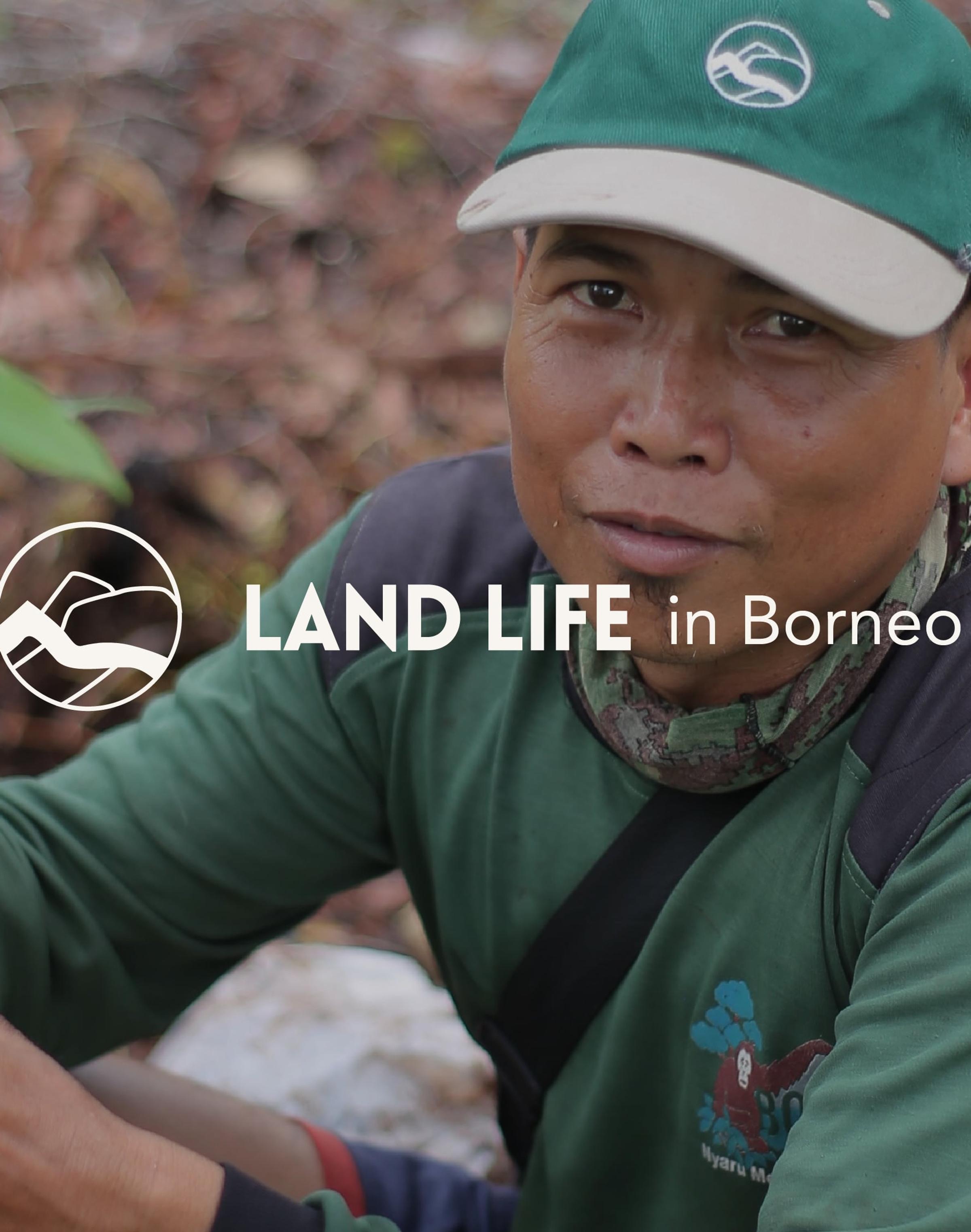
Learn more about our work in Borneo
Video
Expanding Beyond Borneo: Lessons for Global Conservation
The success of reforestation projects in Borneo offers valuable lessons for global conservation efforts. Strategies and techniques developed here can be adapted and applied to other regions facing similar challenges. The importance of community involvement, the use of technology, and the focus on biodiversity can serve as a blueprint for restoring ecosystems worldwide.
Collaborative efforts between governments, NGOs, and local communities are key to achieving long-term conservation goals. Sharing knowledge and resources across borders will strengthen global initiatives to protect endangered species and restore the planet's vital ecosystems.
Our local partnerships
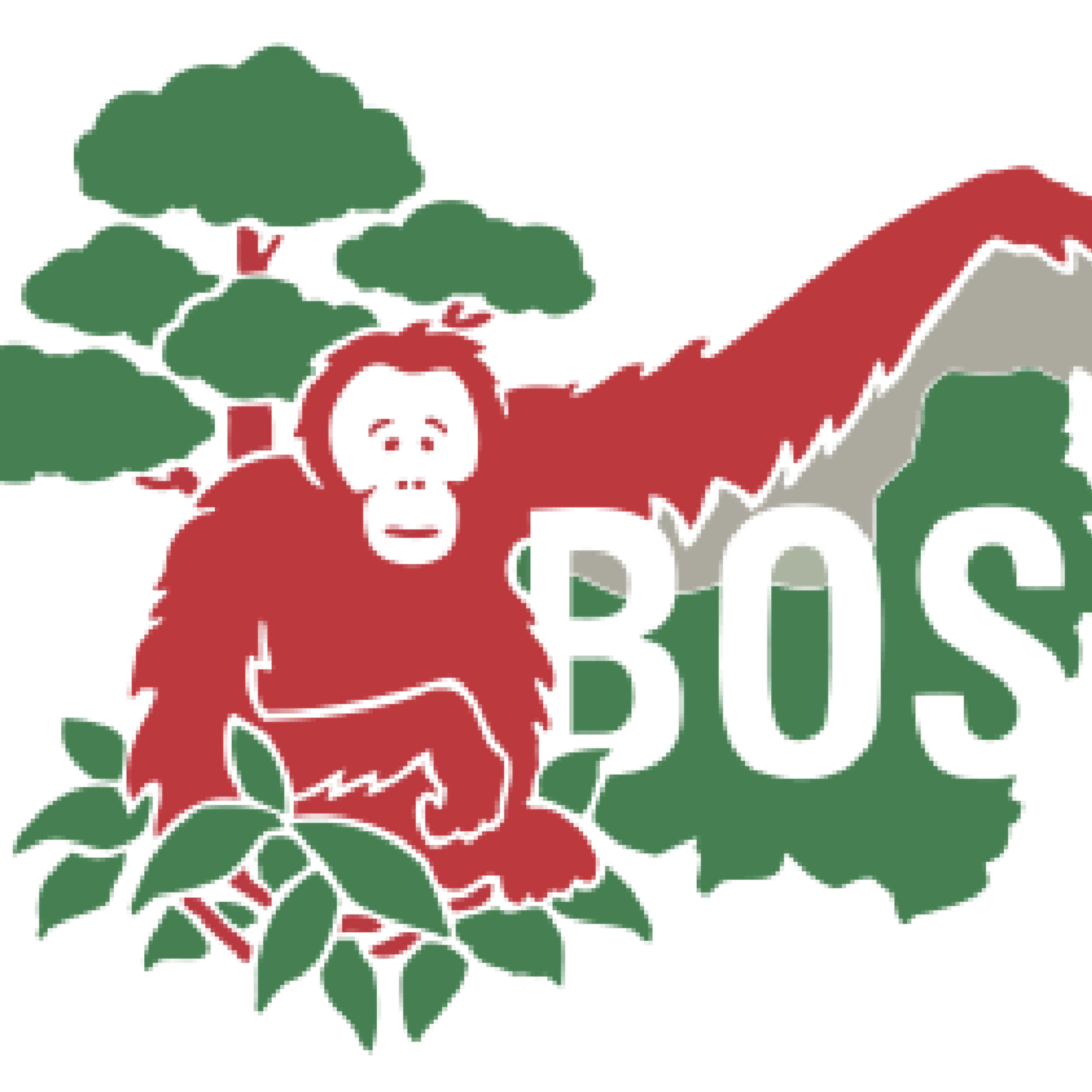
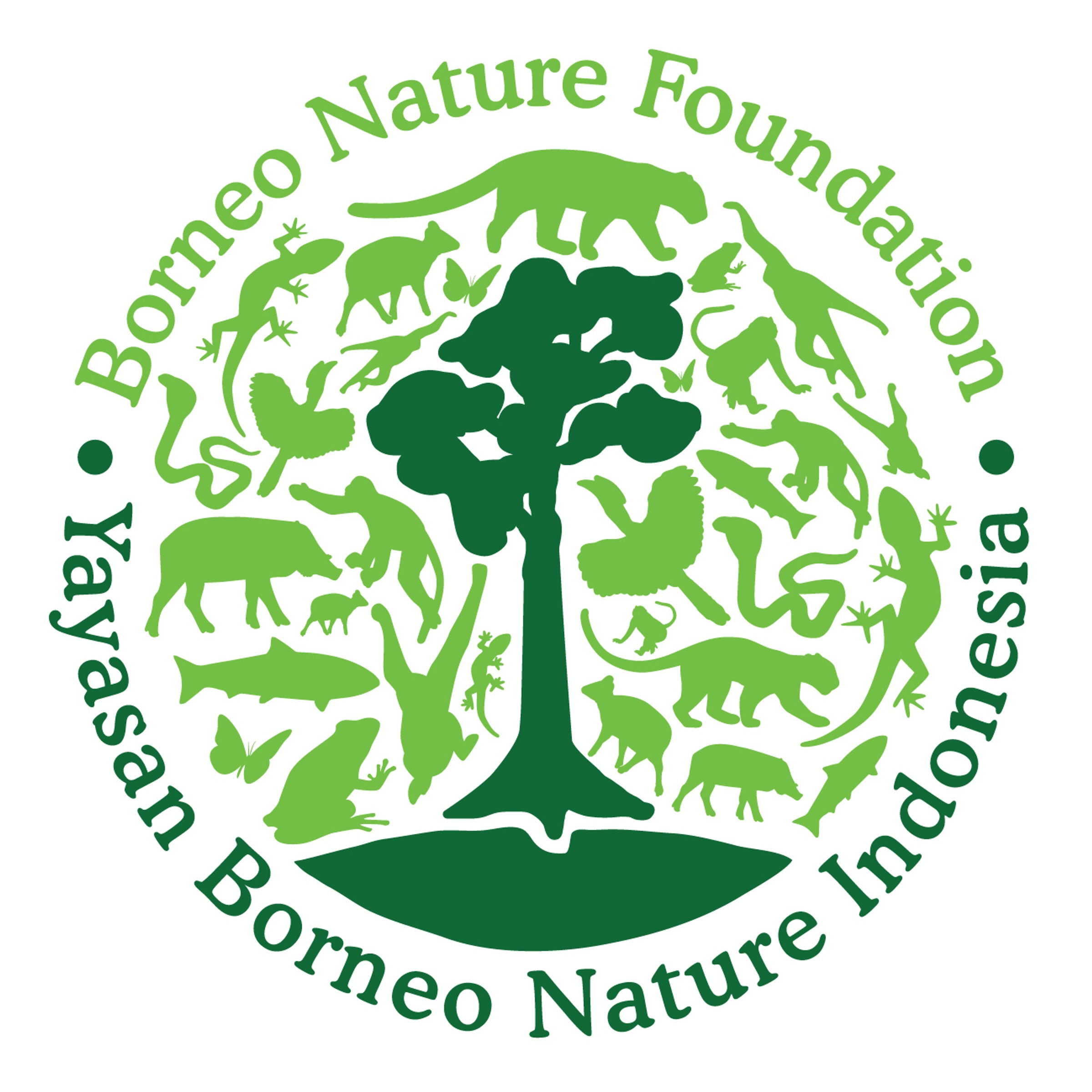
Talk to our experts
Technology-driven reforestation at scale
